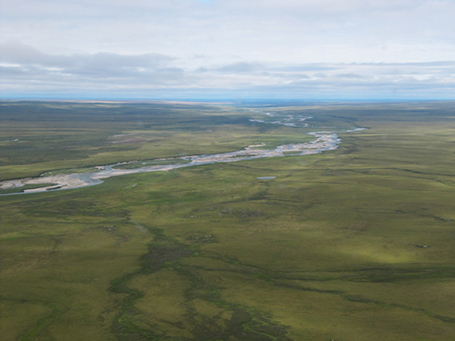Carbon protection and fire risk reduction: toward a full accounting of forest carbon offsets
Management of forests for carbon uptake is an important tool in the effort to slow the increase in atmospheric CO2 and global warming. However, some current policies governing forest carbon credits actually promote avoidable CO2 release and punish actions that would increase long-term carbon storage. In fire-prone forests, management that […]
